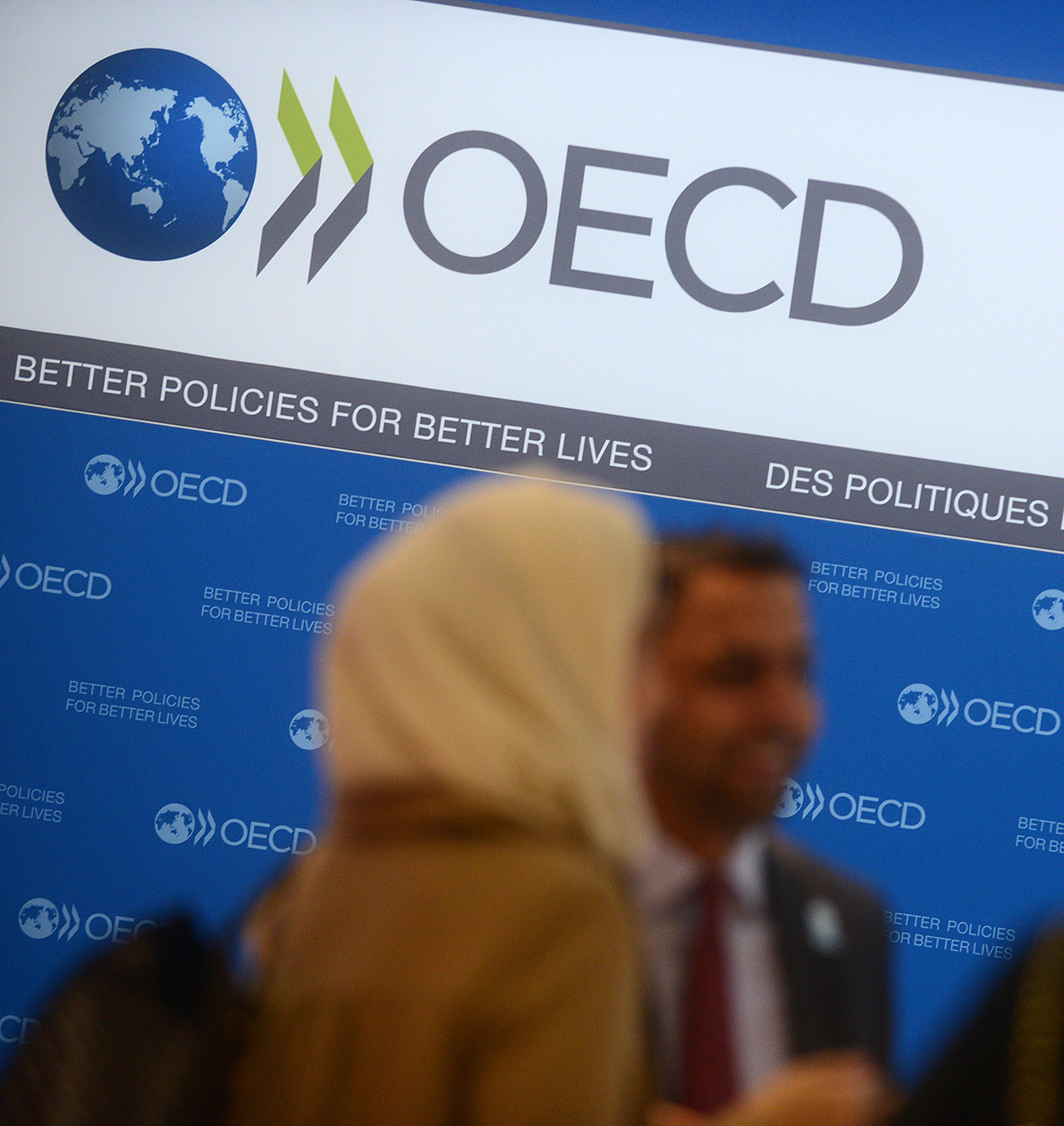Public procurement standards

Standards for public procurement regulation can be broadly defined as documents setting the basic principles, specifications and mechanisms for procurement. This group of documents includes:
- United National Commission on International Trade Law (UNCITRAL) Model Law on Public Procurement;
- World Bank Procurement Framework;
- OECD Recommendation of the Council on Public Procurement.
Except for the World Bank Procurement Framework, these documents are soft instruments (e.g. non-binding in nature). At the same time, they serve as a valuable reference for national regulation and practices of procurement process organizations.
A recognized example of public procurement standards is the UNCITRAL Model Law on Public Procurement prepared by the United Nations Commission on International Trade Law (UNCITRAL) and approved in 2011. It replaced the 1994 UNCITRAL Model Law on Procurement of Goods, Construction and Services.
Based on the 2011 UNCITRAL Model Law, public procurement legislation has been developed and improved in 26 States. In addition, prior to the adoption of the 2011 UNCITRAL Model Law, 30 countries used the 1994 Model Law as a basis for public procurement reforms. The provisions of the Law are also applied by a number of international organizations in the preparation of the legislation reform in public procurement in their countries of operation (Asian Development Bank, African Development Bank, World Bank, European Bank for Reconstruction and Development, Inter-American Development Bank, Organization for Economic Cooperation and Development).
The UNCITRAL Model Law provides procedures to enable implementation of the following:
- standard procurement;
- urgent and emergency procurement;
- simple and low-value procurement;
- procurement for large and complex projects (where the government can engage with a wide range of potential bidders and contractors to find the best solution to meet its needs).
A key feature of the UNCITRAL Model Law is the focus on transparency to promote competition and impartiality in the selection of suppliers. The Law provides for the possibility for potential suppliers to challenge decisions and measures taken by contracting entities in the course of procurement. While the procuring state actor has discretion in deciding what to buy and how to conduct the procurement, that discretion is subject to special provisions consistent with other international standards, especially those set out in the United Nations Convention against Corruption.
Additional Documents:
In addition to the text of the Model Law, UNCITRAL has also developed:
- Guide to Enactment of the UNCITRAL Model Law on Public Procurement (2012). The purpose of the Guide is to promote the effective use of the Model Law as a tool for modernization and reform of procurement systems, particularly where the types of procurement procedures described in the Model Law are not well known. The Guide is a compilation of reference materials explaining both the objectives of the UNCITRAL Model Law and how to achieve them using the provisions of the law.
- Guidance on procurement regulations to be promulgated in accordance with Article 4 of the UNCITRAL Model Law on Public Procurement (2013). The purpose of the Guidance is to assist in the preparation and adoption by States of a complete set of rules and procedures necessary for the application of the Model Law.
- Glossary of procurement-related terms used in the UNCITRAL Model Law on Public Procurement. The Glossary includes a list of key terms and concepts used in the Model Law, their definitions, and other terms used in the same or similar sense in other international instruments regulating procurement.


